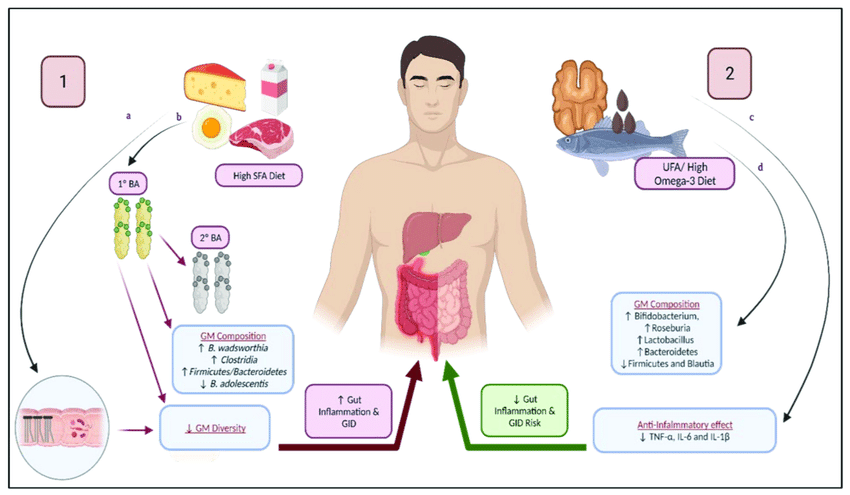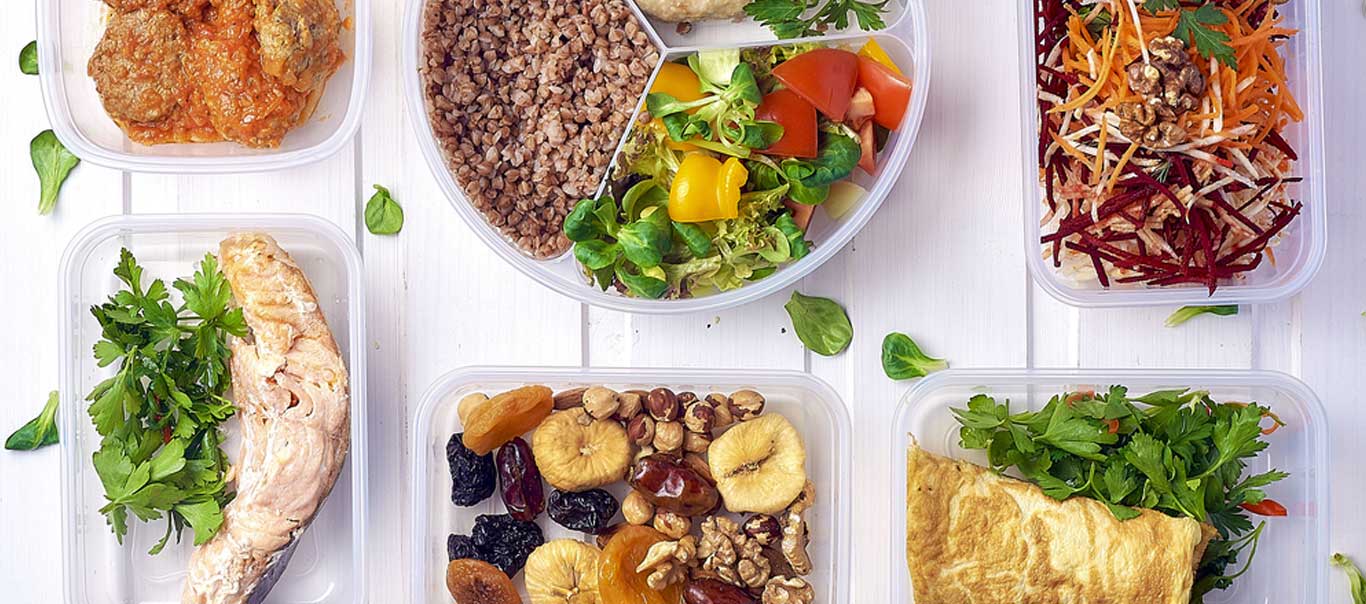
A meal plan designed for healthy heart can help you stick to a healthy diet. There are plenty of heart-healthy food choices available and this type of plan is convenient and easy to follow. Start by buying fruits and vegetables to get you started. You should plan your meals in advance as many fruits and vegetables can spoil quickly. You can freeze chicken breasts and fish for up to three months.
Meat should be cut and lean and poultry should be trimmed of visible fat. 90% lean ground meat is less calorie-dense, saturated fat- and cholesterol-rich than traditional beef. Yogurt can be a great alternative to butter, as it has less saturated fat and more healthy monounsaturated fat. You can also eat more vegetables. Olive oil is a good alternative to oil.

Healthy heart health is also possible with the help of fruits and vegetables. These vegetables provide nutrients, increase immunity, and help reduce inflammation. A good portion of your diet should be filled with fruits and vegetables. Half of your plate should be fruits and vegetables. You will soon notice a positive change in your overall health. If you are vegetarian, stick with fresh, healthy vegetables. But remember: a healthy heart diet doesn't mean eating boring foods.
You can find fruits and vegetables of every color in the rainbow. Even vegetables and fruits can be good sources of nutrition. The more varied the rainbow, you will have. A healthy heart meal planning can help you make the best choices. Talk to your doctor about any supplements or medications you are taking. There are plenty of apps for heart patients that are available to help you make the right choices. If you have a heart disease or other heart condition, a healthy heart meal planner can be an excellent way to stay on track.
A healthy heart food planner can help you make smart choices if your heart disease is already advanced. The goal is to make a diet plan that will help you manage your blood pressure and prevent cardiovascular disease. A diet planner will help you make the most of your food. For example, you should include more vegetables than you think you need. They are rich in antioxidants and a great source of fiber.

A healthy heart meal planner can help you stick to a heart-healthy diet. The American Heart Association recommends a diet plan with a low amount of salt. Limit salt intake by people who are susceptible to heart disease to two and a quarter teaspoons daily. Get a free app to track and monitor your weight. By using the planner, you'll be able to easily track your diet and stay on track.
FAQ
What should I eat?
Take in lots of fruits and veggies. They are rich in vitamins that can strengthen your immune system. Additionally, vegetables and fruits are high fiber. This helps with digestion and keeps them full. You should eat at least five servings per day of fruit or veg.
You should also drink lots of water. Water flushes out toxins and helps you feel full between meals. Drink about eight glasses each day.
Choose whole grains over refined grains. Whole grains have all the nutrients they need, including B vitamins. Some nutrients have been removed from refined grains.
Avoid sugary beverages. Sugary drinks can be a source of empty calories, which can lead to obesity. Instead, choose water, milk, and unsweetened tea.
Avoid fast food. Fast food is low in nutritional value. While it might taste good, it won't give your body the energy it needs to function properly. Choose healthier options like salads, soups and sandwiches as well as pasta dishes.
Limit your alcohol intake. You can reduce your intake of alcohol by limiting the amount of empty calories. Limit your consumption to no more than 2 alcoholic beverages per week
Red meats should be avoided. Red meats have high levels of cholesterol and saturated fat. Instead, choose lean cuts of beef and pork, lamb, chicken or fish.
What causes weight loss as we age?
How do you know if your bodyweight changes?
If there are less calories than muscle mass, then weight loss is possible. This means that you must consume more calories than you use daily. Activity levels are the most common reason for weight loss. You can also lose weight due to stress, illness, pregnancy, hormonal imbalances and certain medications. When there is more fat than muscles, it's called weight gain. It occurs when people consume more calories each day than they use. Common reasons include overeating, increased physical activity, and hormonal changes.
We eat less calories than we burn, which is the main reason our bodies lose weight. Regular exercise increases metabolism, which means that we burn more calories per day. This does not necessarily mean that we will get thinner. What is more important is whether or not our body is losing or gaining weight. If we're burning more calories than we're consuming then we're going to lose weight. But, if we consume far more calories than what we burn, then we actually store them as fat.
As we grow older, we tend to become slower at moving around and therefore we don't move as much. We also tend have less food to eat than when our children were young. Therefore, we tend to put on weight. However, our muscle mass is more important than we realize and makes us appear larger.
Without regularly weighing yourself, it is impossible to gauge how much weight you have lost. There are many options for measuring your weight. You can check your waist size, your hips, your thighs, your arms, etc. Some prefer to use the bathroom scales, others prefer to use tape measures.
You can track your progress by weighing yourself at least once per week and measuring your waistline every month. You can also take photos of your self every few months to track how far you've come.
You can also check your height online to find out how many pounds you have. You'd likely weigh 180 pounds if you were 5'10 tall and 180 pounds if you were 180lbs.
Increase immunity with herbs or supplements
Herbs and natural remedies can be used to boost immune function. Examples include ginger, garlic and oregano oils, echinacea, vitamin C, ginkgo loba, and echinacea.
These herbal remedies shouldn't be considered a replacement for medical treatment. They may cause side effects such as nausea, diarrhea, stomach cramps, headaches, dizziness, and allergic reactions.
How do I get enough vitamins?
You can get most of the daily nutrients you need through your diet. Supplements can be helpful if you are lacking in any one vitamin. Multivitamin supplements can be taken that contain all the vitamins you need. You can also get individual vitamins from your local pharmacy.
If you are concerned about getting enough nutrients, talk to your doctor about what foods contain the best sources of vitamins. You can find vitamins K and E in dark green leafy vegetable such as spinach, kale and turnip leaves, as well a variety of sweet potatoes and sweet potatoes.
If you are not sure how much vitamin you should be consuming, ask your doctor. The doctor will determine the proper dosage based upon your medical history as well as your current health.
Statistics
- In both adults and children, the intake of free sugars should be reduced to less than 10% of total energy intake. (who.int)
- This article received 11 testimonials and 86% of readers who voted found it helpful, earning it our reader-approved status. (wikihow.com)
- Extra virgin olive oil may benefit heart health, as people who consume it have a lower risk for dying from heart attacks and strokes according to some evidence (57Trusted Source (healthline.com)
- The Dietary Guidelines for Americans recommend keeping added sugar intake below 10% of your daily calorie intake, while the World Health Organization recommends slashing added sugars to 5% or less of your daily calories for optimal health (59Trusted (healthline.com)
External Links
How To
What does "vitamin" actually mean?
Vitamins are organic compounds found naturally in food. Vitamins are essential for our bodies to absorb nutrients from the foods we eat. Vitamins cannot come from the body so food must provide them.
There are two types vitamins: water soluble or fat soluble. Water-soluble vitamins dissolve in water easily. You can find vitamin C,B1 or thiamine, B2 or riboflavin and B3 or niacin, B3/niacin, B6/pyridoxine, folic Acid, biotin and pantothenic Acid as examples. The liver and fatty tissues are home to fat-soluble vitamins. Examples include vitamin D, E, K, A, and beta carotene.
Vitamins are classified according their biological activity. There are eight major categories of vitamins.
-
A - essential for normal growth and maintenance of health.
-
C is important for nerve function and energy production.
-
D – Essential for healthy teeth, bones and joints
-
E is needed for good reproduction and vision.
-
K - Required for healthy nerves and muscles.
-
P - vital for building strong bones andteeth.
-
Q - Aids in digestion and absorption.
-
R is required for the production of red blood cells.
The recommended daily allowance of vitamins (RDA), varies according to age, gender, physical condition, and other factors. The U.S. Food and Drug Administration, (FDA), sets the RDA value.
For adults 19 years and over, the RDA of vitamin A is 400mg per day. Pregnant women require 600 micrograms daily to support fetal development. Children ages 1-8 require 900 micrograms per day. Children under 1 year old require 700 micrograms daily, while infants over one year old need 500 micrograms every day. This decreases between 9 and 12 months.
Children aged between 1-18 years require 800 micrograms of sugar per day, while overweight children need 1000 micrograms. Children who are underweight receive 1200 micrograms every day to meet their nutritional requirements.
2200 mg of vitamin A per day is required for children aged 4-8 who have been diagnosed by anemia.
2000 micrograms are required daily for good health in adults over 50. Due to their increased nutrient needs, pregnant and breastfeeding women need 3000 micrograms daily.
1500 micrograms are required daily by adults over 70 because they lose approximately 10% of their muscle each decade.
Women who are pregnant or nursing need more than the RDA. Pregnant women need 4000 micrograms per dayduring pregnancy and 2500 micrograms per day after delivery. Breastfeeding mothers require 5000 micrograms daily when breast milk production is occurring.